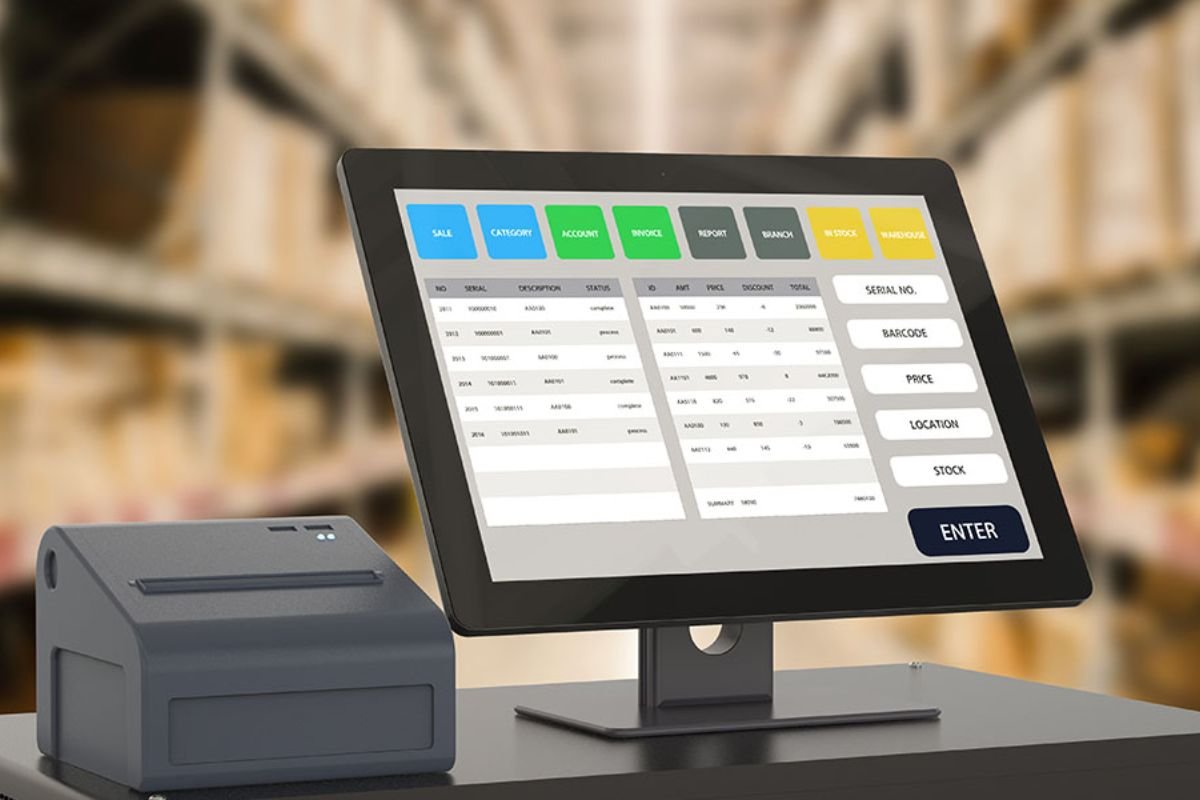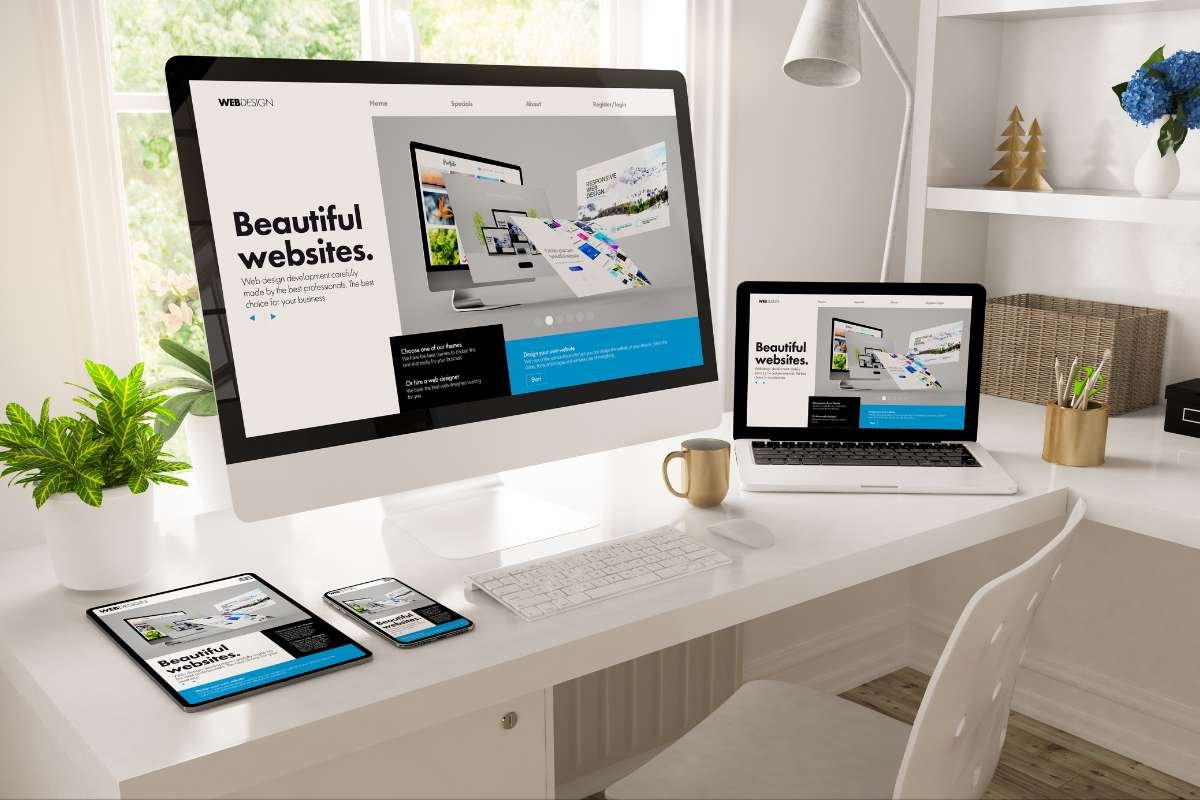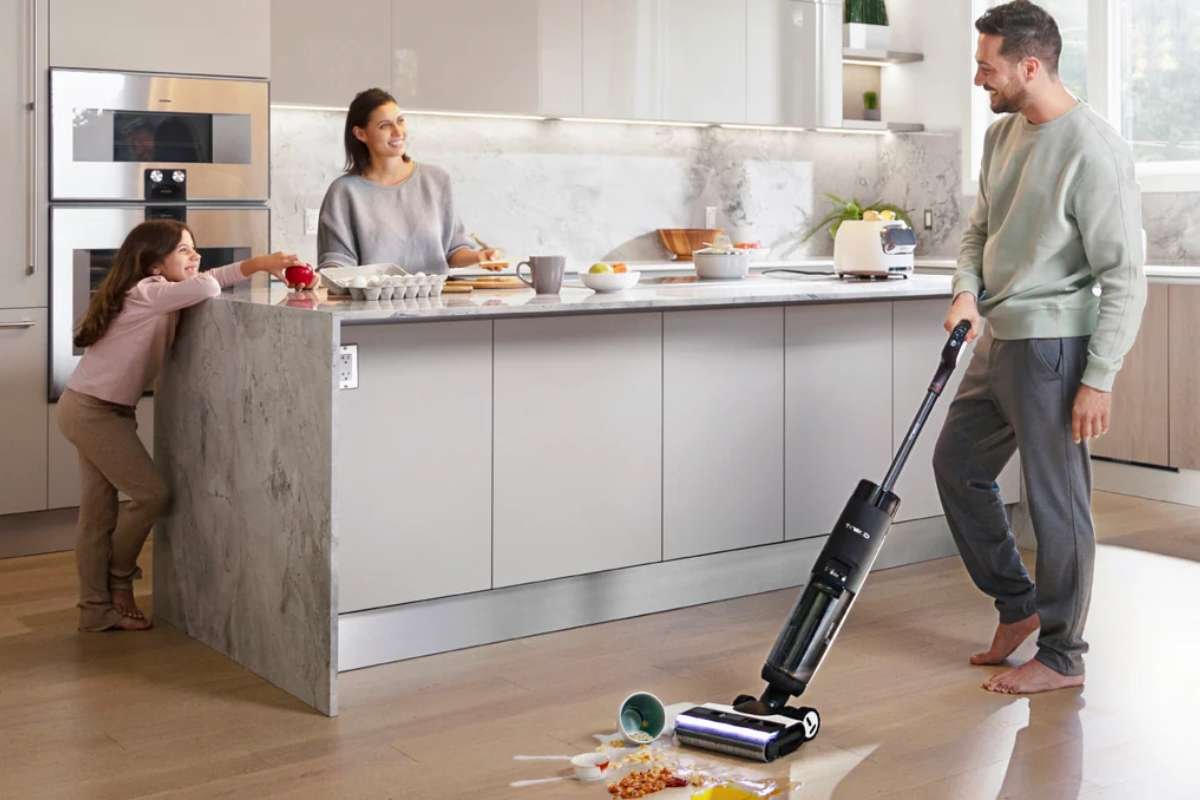The face of retail has undergone dramatic changes in the past decade. As customers demand quicker service, personalised experiences and seamless checkout, technology has stepped in to elevate every aspect of frontline operations.
At the core of this transformation is the PoS system, which was once just a cash register but is now a command centre for modern retail.
From managing sales to enhancing customer service, a strong Point-of-Sale (PoS) system can make daily operations smoother and more efficient. Below, we explore the top seven ways PoS systems are empowering retail staff and enhancing store performance.
1. Faster Billing, Shorter Queues
Speed matters at the checkout. With a modern PoS system, retailers can scan items, apply discounts and complete payments in seconds. Compared to manual entry or outdated registers, today’s systems significantly reduce wait times.
For frontline staff, this means more time to engage with customers rather than managing long lines. Quick transactions also enhance customer satisfaction, reducing the likelihood of cart abandonment during busy hours.
2. Real-time Inventory Management

Many retailers struggle with overstocking or running out of key items. A Point-of-Sale system integrated with inventory tools enables staff to track stock levels in real-time. When an item is scanned at checkout, the inventory updates automatically.
Frontline teams can check item availability, suggest alternatives or even order stock from nearby locations without calling the back office. This reduces errors, boosts efficiency and supports smarter replenishment decisions.
3. Integrated Loyalty and Promotions
Offering discounts or running loyalty schemes used to involve paper coupons or manual tracking. Now, a modern PoS makes it all seamless. Discounts can be applied automatically based on cart value, membership status or ongoing offers.
For retail staff, this reduces confusion and speeds up service. Customers benefit too, as they no longer need to present multiple cards or codes. The PoS ensures personalised promotions are triggered at just the right time.
4. Centralised Customer Data
A good PoS system does more than just complete transactions; it helps build relationships. With every purchase, it can capture details such as customer preferences, contact information and purchase history.
Frontline staff can use this data to greet returning customers by name, recommend relevant products or notify them of restocks. This adds a personal touch that elevates service and encourages repeat visits.
5. Better Employee Accountability

Modern PoS systems offer role-based access, time logs and user-specific transaction tracking. This brings much-needed transparency to daily operations. Staff can be assigned permissions based on seniority or department, reducing the risk of misuse.
Retail managers can also identify training needs, reward top performers and ensure process consistency. In busy stores, this structure helps maintain order without micromanagement.
6. Reduced Manual Errors
Manual data entry is prone to errors, especially during peak hours. An integrated PoS automates pricing, tax calculations and stock deductions, reducing the likelihood of human error. It also flags mismatches, duplicate items or invalid promotions at checkout.
This lowers the need for corrections and refunds, keeping operations smooth and reducing friction between staff and customers. For high-volume stores, the time saved on corrections alone is significant.
7. Omnichannel Order Fulfilment
Today’s retail isn’t just about walk-in purchases. Many customers buy online and choose to collect in-store or request home delivery. A smart PoS system helps frontline staff manage these scenarios smoothly.
It can alert staff when an online order is ready for pickup, print shipping labels or update delivery status in real-time. This enables stores to process digital orders with the same ease as in-store purchases, without requiring separate systems.
PoS systems: Transforming the Role of the shop floor

Retail staff used to be seen as order takers or shelf organisers. But with the help of smart PoS systems, their roles have evolved. They are now customer consultants, loyalty champions and data-driven decision-makers.
The PoS has become a central tool for making frontline roles more impactful and rewarding. It provides staff with the information, control and flexibility they need to meet rising customer expectations.
Choosing the right PoS for your business
Not all PoS systems are created equal. Retailers must look for platforms that are scalable, cloud-enabled and easy to integrate with existing tools. Mobile compatibility, multi-store management and offline functionality are also essential for seamless operations.
It’s also wise to invest in a solution that offers custom reporting and analytics, helping store managers make data-driven decisions. Whether you’re running a fashion outlet, grocery store or electronics chain, a reliable PoS can be your frontline team’s strongest ally.
Elevate your store experience with the right PoS solution
In a world where every second and every interaction counts, having the right PoS system in place is no longer optional; it’s essential. By reducing friction, improving accuracy and supporting better customer experiences, PoS systems are reshaping how stores operate and compete.
For retailers looking to digitise their store experience and empower their staff, leading solutions like those offered by Pine Labs can be the missing piece in achieving operational excellence. You can learn more about them at https://www.pinelabs.com/.


















